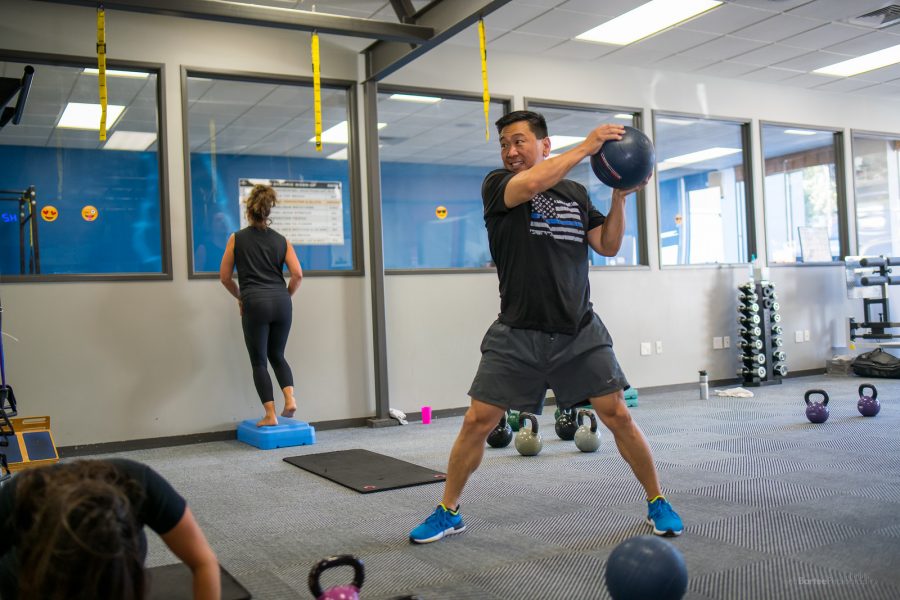By Leo Shveyd, Co-Owner of Advanced Wellness
In this 3-part series, we have reviewed:
Part 1: The Essentials of Good Conditioning
Part 2: Getting Technical: Tying Fitness Goals to Conditioning Approaches & Metrics
Here in Part 3, we discuss strategies for training using various energy systems…
Simultaneous vs Contiguous Training
Another consideration in developing conditioning programs is how and when to train the different energy systems. Do we train multiple energy systems concurrently or perhaps focus on each for a specific amount of time?
In truth, the body prefers not to multi-task and such is the case with training energy systems. But while developing a particular energy system (without burdening it with competition from the others) might seem like the most efficient way to accomplish this, it turns out to be impractical for many goals. Therefore, when you train multiple energy systems concurrently (i.e. the Anaerobic-Alactic [strength & power] system along with the Aerobic system), the best way is to alternate days, with one respective session focusing on a particular area of development. Without alternating days, the closer the varied sessions are to each other, the more the different chemistry released interferes with each other.
Balancing Strength (Alactic) vs Fitness/Fat Burning/Weight Loss (Glycolitic) Workout Elements
At Advanced Wellness, we typically bias Alactic work over Glycolitic/Lactic Acid sessions in a 2-3-to-1 ratio, with a small percentage of work coming from a competing energy system. While, for our athletes, we are typically more focused on developing the dominant energy systems of their sport, for our fitness clients, the 2-3 strength sessions to 1 conditioning per week is our strategy. We also typically augment each strength training session with some non-competing energy systems work. This is known around the gym as the “finisher or team builder”. We do this because, based on our experience, variety has health benefits; therefore, we will work along the entire Anaerobic to Aerobic spectrum.
Tapping into Different Energy Systems by Type of Client
Generally speaking, there are three energy systems we use when designing our customized workouts for fitness and athletic clients at Advanced Wellness:
Energy System 1 (Alactic):
Program: 1-15s (Immediate), Higher effort output, examples: lifting, sprinting, jumping,
System for strength and power.
Tests/Inquiries: Push, pull, hinge hip and knee.
These movements are an aggregation of many musculoskeletal qualities. Stronger typically means lower risk of injury and greater movement options.
Energy System 2 (Anaerobic Glycolytic or Lactic):
Program: Acid 20-120s (Short-term). Examples: 400-800 meter distances, many high intensity training programs, fighting competition (i.e. boxing, wrestling, MMA etc.)
System for strength, power, power endurance, muscular endurance short.
Energy System 3 (Aerobic):
Program 2m+ (Long-term). Distance runners, endurance athletes, recovery system that helps E1 & E2 recover.
Tests/Inquiries: Breath pause time, resting heart rate, heart rate recovery post activity, sleep proficiency, stress load, distance running & swimming (system for muscular endurance short, power, power endurance, muscular endurance medium & long).
Personalizing each athlete or fitness client’s approach to conditioning by tapping into these concepts of alternate day energy system focus, strength vs fat burning and energy systems tied to athletic sports, we aim to leverage science for optimized health and performance so you get BETTER.
The post Drilldown on Strategies for Training Energy Systems appeared first on Advanced Wellness.



